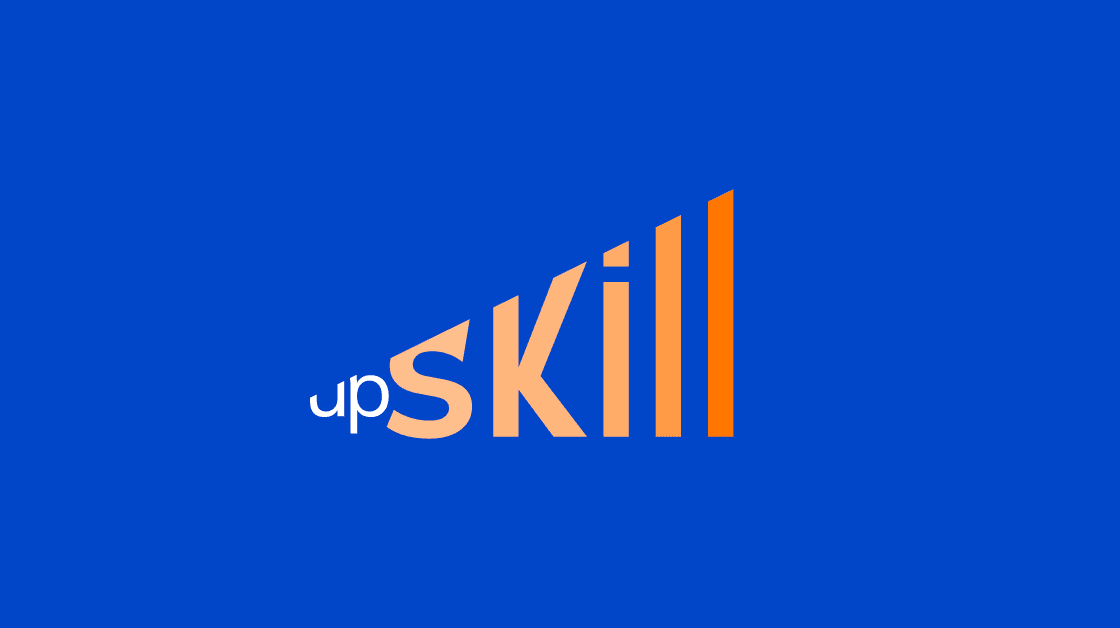
When to train in-house vs. hire specialized flexible talent – and how to hybridize effectively
Building agile teams can be a lot like decisions made by a friend who has an old phone. The phone has been loyal for years, sturdy through more than a few drops, and the battery life still hangs on better than most. But now he’s frustrated. Not only is he sick of the device’s wired headphones keeping him tethered to the phone – he can’t even download the latest apps because he hasn’t updated the OS in years. So, what’s the solution?
He’s stuck between two choices:
• Does he upgrade the whole phone?
• Or maybe just update the operating system and invest in a set of wireless headphones?
Either could work. Or maybe both. The real question is what problem he’s actually trying to solve – the outdated software, the aging hardware, or the experience itself?
Business leaders face a similar dilemma when it comes to their teams:
• Is it time to upgrade the skills of your existing team?
• Or bring in outside specialists with the capabilities you need right now?
And like your friend with the phone, sometimes the best answer isn’t either/or – it’s both/and.
Let’s explore when it’s smarter to invest in upskilling your people, when outsourcing makes strategic sense, and how a hybrid approach might be the real game-changer. It’s a classic case of “upskilling vs outsourcing?”
Knowing When to Reinvent vs Reinforce
Most leaders don’t wake up thinking, “Should I outsource today?” Nor do most managers have fever dreams about reskilling their team.
Instead, it starts with a bottleneck. A delayed product launch. A customer experience that’s lagging behind competitors. A growth initiative that never quite lifts off.
In those moments, the instinct is to act fast – to solve the pain. And that’s when the bigger question surfaces:
• Are we stuck because our people aren’t equipped?
• Or because the problem needs a skillset we don’t have?
Upskilling sounds great in theory – and in many cases, it is. You keep institutional knowledge, build morale, and reduce turnover. But it takes time, and time isn’t always on your side. Meanwhile, outsourcing brings in expertise on-demand, without the long-term overhead. But it’s not a silver bullet – you lose some internal continuity, and it doesn’t necessarily strengthen your core team.
This tension creates a quiet drag on decision-making:
• Fix the problem now, or invest in the people who will solve it better later?
• Do you reinforce your current system, or reinvent it?
For companies that want to stay agile while building something sustainable, this is the defining tradeoff. And it’s not always either/or.
Upskilling Is a Smart Long-Term Investment
Talent Shortage Isn’t Going Away
According to the World Economic Forum, 44% of workers will need reskilling by 2027 – and six in ten roles will require updated capabilities. Companies are already feeling the pinch, especially in fast-evolving sectors like tech, healthcare, and energy.
ROI You Can Count On
Upskilling isn’t just culture-building – it pays off in spades. A 2022 PwC UK study found that reskilling existing employees costs roughly $43,000 (£31,800), compared to about $109,000 (£80,900) for hiring externally – a savings of over 60% – while companies that structured reskilling programs around competency-based training saw income per employee increase by 218%.
Retention & Engagement Win
In LinkedIn’s 2024 Workplace Learning Report, 94% of employees said they’d stay longer at a company that invested in their career development. Meanwhile, Gallup shows productivity rises about 17% when training is timely, tailored, and measurable.
Culture That Grows With Your Team
Upskilling builds trust. It shows you believe in your people, and that you see potential worth investing in. Internal growth programs that are competency-based (vs generic content libraries) help companies nurture homegrown leadership – and embed company values in the process.
But beware: not all upskilling is created equal. Programs without clear goals or real-world application can feel like performative HR theater. Worse, they can frustrate the very people you’re trying to retain.
Outsourcing Brings Tactical Agility
Instant Access to Expertise
Need a cybersecurity architect next week? A product marketer for a niche launch? Outsourcing – especially when you partner with a Flexible Talent Network or Freelancer Pool – gets you qualified pros immediately. Updated skills with no drawn-out recruitment cycle, no 90-day onboarding, and no “let’s wait and see if they ramp.”
Cost Flexibility & Efficiency
Depending on the function, outsourcing can cut costs by 20 – 68 %, sometimes more. In roles like IT, content, HR ops, and product development, it’s not just cheaper – it’s faster, cleaner, and easier to budget.
Optimize Operations
Over 75 % of companies already outsource at least one business function, and IT outsourcing alone accounts for over 76 % adoption. Beyond savings, it’s about unlocking strategic focus – plus outsourcing routine tasks lets internal teams focus on innovation, not admin.
Stay Focused on Core Goals
Outsourcing allows companies to say “yes” to important opportunities without pulling teams off mission-critical projects. It’s like adding bandwidth without adding burnout.
Of course, outsourcing isn’t without risk: sometimes communicating with remote and contract workers feels harder and alignment feels off. Misaligned contractors can burn time and budget. Irregular security and data protocols can get messy. Knowledge transfer can be delayed or overlooked.
But with the right setup – and clear communications, including expectation-setting – outsourcing becomes a precision tool – not a roll of the dice.
The Hybrid Resource Fusion™ Framework
Let’s drop the idea that this is an either/or decision. The smartest leaders leverage both approaches, often at the same time, to cover the now, the next, and the never-should-have-beens.
We call it Hybrid Resource Fusion™ – a FlexTal-style framework that blends short-term results with long-term capability.
| STEP | FOCUS | WHY |
| Skills Audit | Map current vs needed skills | Exposes real capability gaps, not assumptions |
| Outsource for “Now” | Deploy flexible experts | Accelerates project velocity with zero headcount drag |
| Upskill for “Next” | Train in parallel | Builds sustainable strength from within |
| Share the Wisdom | Require documentation or mentoring | Makes outside expertise stick and scale internally |
| Measure & Adjust | Track performance and morale | Ensures continuous improvement, not static planning |
That’s why many leaders work with Flexible Talent Network partners (like FlexTal) to layer in niche freelance specialists while investing in internal growth.
The Hybrid Model at Work
Let’s take a fictionalized – but familiar – example:
A 50-person B2B SaaS firm needed to rebuild their analytics dashboard. They brought in a freelance product designer and a contracted data engineer to execute a six-week sprint. Meanwhile, two internal developers shadowed the process, participated in the build, and gained firsthand experience with new tools and frameworks.
When the freelancers wrapped, the in-house team wasn’t just capable of maintaining the product – they were ready to lead version 2.0. Upskilling and outsourcing weren’t in competition. They were in collaboration.
The Leadership Lens: When to Do What
Still not sure which lever to pull first? Here’s how experienced execs frame the choice:
Upskill when:
• The skill is core to your long-term competitive advantage
• You have internal team members eager and able to grow
• There’s enough runway for learning to pay off
Outsource when:
• You need niche expertise you can’t afford or justify full-time
• Time-to-value is critical (think: launches, pivots, audits)
• The work is important but not central to your mission
And combine them when:
• You want to grow future leaders while solving current problems
• You need both speed and staying power
• You’re building organizational resilience, not just capacity
Designing Talent Strategies for Movement
Upskilling deepens your bench. Outsourcing expands your reach. But using them in tandem – that’s how modern businesses stay both lean and leveraged.
The best teams don’t just invest in what they need today – they prepare for what they’ll need tomorrow. Leaders who view talent strategy through the lens of hybridity unlock faster cycles, smarter teams, and more resilient companies.
Building a future-ready business was never about making one perfect hire. It has always been about weighing Upskilling vs Outsourcing. It’s about designing a system that adapts – evolves – and scales.
And for that, you need more than a hiring plan. You need a talent strategy built for movement.
FlexTal is the #1 flexible talent matching platform. Every day, we match organizations with pro-level independent contractors for flexible hourly and project-based engagements. Match with the Right Pro, Right Now.



